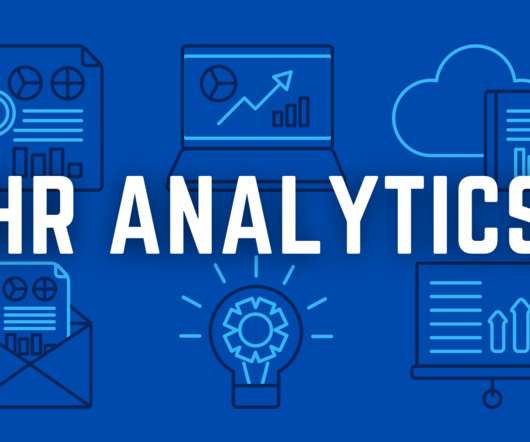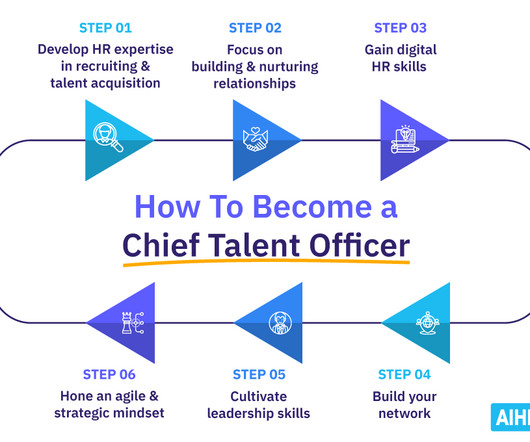Why the Onboarding Experience Matters for Retention: A Data-Driven Analysis
Essium HRM
NOVEMBER 29, 2023
Most staffing firms understand that the onboarding experience has a dramatic impact on new hires. With a robust onboarding program, incoming employees typically reach full productivity faster. However, some recruitment agencies overlook the impact of the onboarding experience on retention.






















































Let's personalize your content